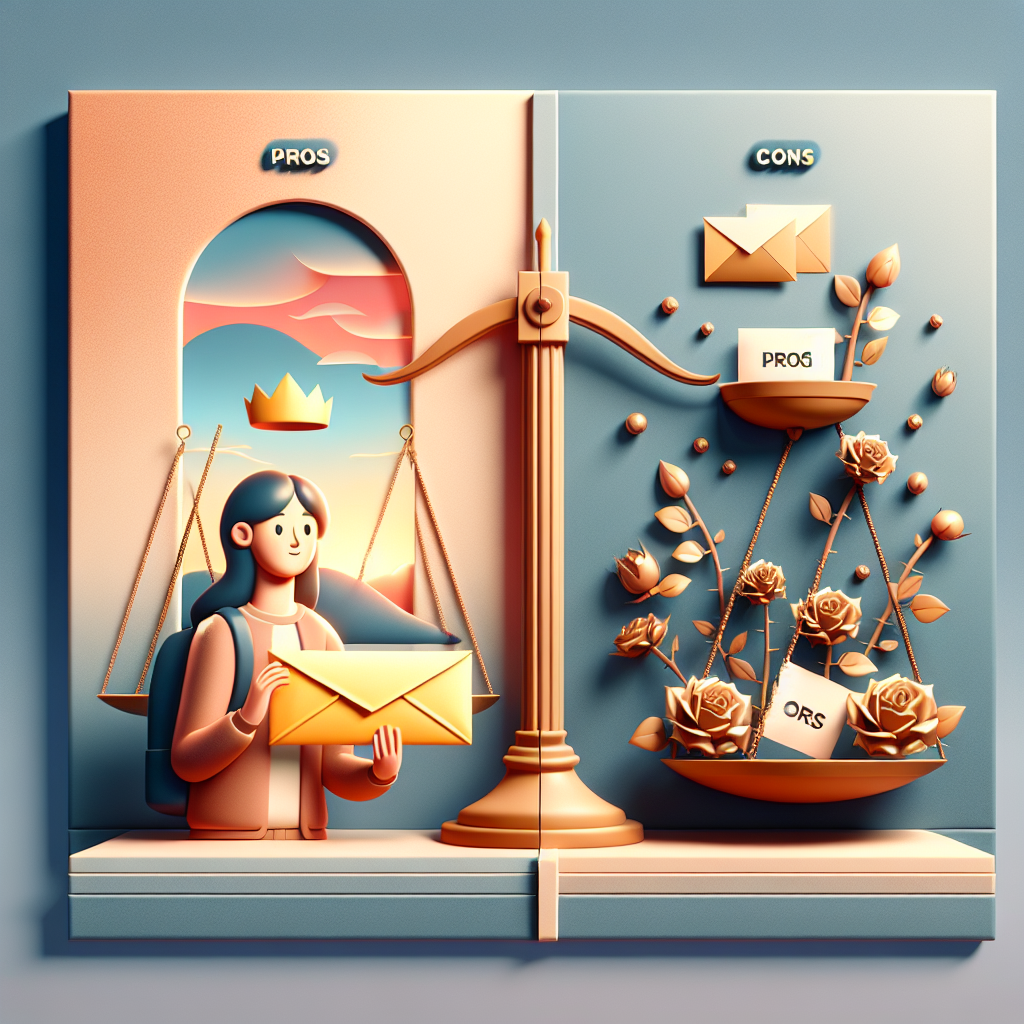Understanding how to write and interpret a Scholarship Letter Sample: Pros and Cons Explained can make the difference between a smooth award process and misunderstandings that delay funding. This article breaks down the typical components of scholarship letters, explains benefits and drawbacks for both applicants and administrators, and offers practical tips for crafting clear, professional communications.
What a scholarship letter usually contains
Scholarship letters come in several forms — award notifications, denial letters, or requests for more information — but they commonly include the following elements:
- Clear identification of the scholarship name and sponsoring organization.
- Amount awarded, duration, and any conditions tied to the funds.
- Next steps for acceptance, enrollment, or verification (e.g., required documents).
- Contact details for questions and appeal procedures, if applicable.
Pros and cons of using a standard scholarship letter
Using a standardized scholarship letter template saves time and ensures consistency, yet it can also create issues when details are unique to an applicant or award.
Pros
- Efficiency: Templates speed up communication and reduce administrative burden.
- Clarity: Standard sections help applicants quickly find amounts, deadlines, and obligations.
- Professionalism: A polished letter projects credibility and sets expectations.
Cons
- Impersonal tone: A generic message can feel cold and may not reflect merit-based distinctions.
- Risk of errors: Copying templates without careful editing may leave outdated or incorrect terms.
- Miscommunication: Overly formal language or buried conditions can confuse recipients about requirements or timelines.
How different stakeholders experience scholarship letters
Applicants often view letters as confirmation of achievement or as a last barrier to accessing funds; administrators see them as legal documents that protect the organization and set expectations. For committees, a well-drafted letter minimizes disputes and simplifies reporting. For recipients, clarity in the letter reduces stress and helps with planning for tuition, housing, or project expenses.
Special considerations for creative fields
Artists and creative students frequently receive awards tied to exhibitions, residencies, or project milestones. If you work with creatives, tailor the letter to reflect deliverables (portfolio review dates, exhibit schedules) and provide explicit terms for material or travel reimbursements. For examples tailored to visual and performing arts applicants, refer to the page on scholarships for art students for context and ideas specific to art-focused funding.
Tips for writing clearer scholarship letters
- Use plain language and short paragraphs to describe the award and next steps.
- Place critical deadlines and required actions at the top of the letter.
- Include a bulleted checklist of documents or verifications required to receive funds.
- Provide a named contact and a straightforward appeal or query process.
- Proofread templates carefully and update them each award cycle to avoid outdated clauses.
When to use a personalized letter instead of a template
Personalized letters are appropriate for large awards, competitive fellowships, or when the sponsor wants to recognize an applicant’s unique contribution. Customize language to congratulate the recipient and explain why they were selected — this adds value beyond the financial award and strengthens relationships.
Measuring the impact of scholarships
Quantifying the broader benefits of scholarships can guide policy and fundraising. Data from reputable sources demonstrate that educational attainment correlates with employment outcomes and earnings. See the BLS data on earnings and unemployment by education level for authoritative statistics that help justify scholarship programs to stakeholders and donors.
Quick checklist before sending a scholarship letter
- Confirm award amount, duration, and any conditional terms.
- Verify recipient’s name and contact details.
- Include a clear acceptance deadline and method (email, portal, signed form).
- Attach or link to required forms and the organization’s payment timeline.
- Provide a contact person for follow-up questions or disputes.
FAQ
Q: What should I do if a scholarship letter includes unclear conditions?
A: Contact the named administrator immediately, request clarification in writing, and keep a record of all communications. If necessary, ask for a revised letter that clearly lists each condition.
Q: Can I negotiate the terms of an award described in a letter?
A: In some cases, yes. Negotiation may be possible for timing of disbursements, additional support for travel or materials, or to clarify reporting obligations. Approach the sponsor respectfully and provide a rationale for your request.
Q: How long should I wait for a reply after accepting or querying an award?
A: Expect an acknowledgement within a few business days and a full response within two weeks. If you need faster resolution due to enrollment deadlines, state your timeline clearly in the initial message.



